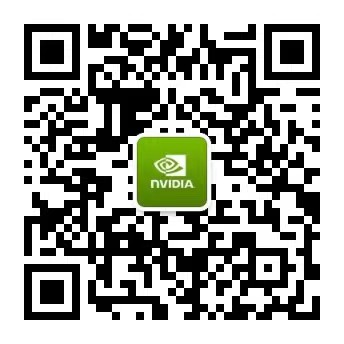NVIDIA-Certified Associate
Generative AI LLMs
(NCA-GENL)
关于认证
NVIDIA-Certified Associate: Generative AI LLMs (NCA-GENL) 认证,用于验证结合 NVIDIA 解决方案的生成式 AI 和大型语言模型 (LLM) 开发、集成和维护 AI 应用程序的基本技能。
请在预约考试之前仔细阅读 NVIDIA 考试规则。
如有问题,请将详情发邮件至 dlichina@nvidia.com。
选择考试
考前学习指南
查看学习指南,详细了解考试所涵盖的各项技术主题的介绍和权重,以及考点相关的培训课程和阅读资料。
考试相关培训
| 推荐培训课程 培训形式 | 培训时长 | 语言 | 费用 |
课程详情 | 30% 机器学习和人工智能核心知识 |
24% 软件开发 |
22% 实验 |
14% 数据分析和可视化 |
10% 可信 AI |
|---|---|---|---|---|---|---|
您可任选一门: 深度学习基础——理论与实践入门 |
|
|||||
加速端到端的数据科学工作流 |
||||||
您可任选一门: 构建基于 Transformer 的自然语言处理应用 |
|
|||||
您可任选一门: 利用提示工程构建大语言模型 (LLM) 应用 |
|
|||||
您可任选一门: 构建基于大语言模型 (LLM) 的应用 |
|
更多资源
- 开始使用适用于企业解决方案的大型语言模型 (博客,20 分钟)
- 使用 LLM 进行开发的快速路径 (视频,50 分钟)
- 运行您自己的 LLM (视频,40 分钟)
- 什么是检索增强生成? (博客,15 分钟)
- 可信 AI (网页)
